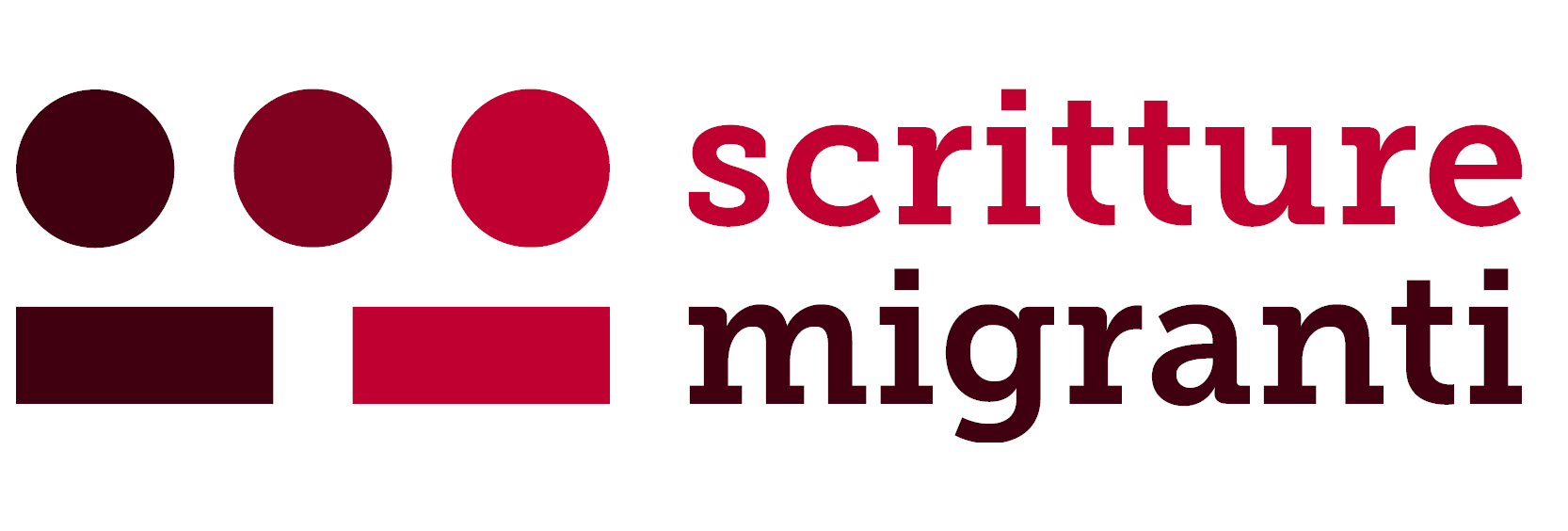Call for Papers – Scritture Migranti No. 19/2025
Download the full multi-language PDF version of the call.
Centers and Peripheries of Trap: Identities, Languages, and Representations
The journal Scritture Migranti invites scholars to submit contributions for its nineteenth issue, dedicated to the theme: “Centers and Peripheries of Trap: Identities, Languages, and Representations.”
Emerging in the 1990s in Atlanta’s marginalized neighborhoods, trap music has evolved from a local expression of social and economic struggle into a global phenomenon. As such, it offers a powerful lens through which to critically examine contemporary dynamics of identity, gender, language, and spatial representation. Across different cultural and linguistic contexts, trap has redefined urban narratives, often amplifying voices from the margins and engaging with transmedia storytelling that extends beyond music into visual culture, digital platforms, and popular media.
This issue of “Scritture Migranti” aims to explore trap music in all its complexity—as a cultural form and as a space for identity negotiation—paying particular attention to the intersections between centers and peripheries, the local and the global, aesthetics and politics. While trap offers a powerful vehicle for marginalized voices and alternative narratives, it also raises questions about commercialization, cultural appropriation, and the reproduction of stereotypes. How does the genre navigate the tension between self-expression and commodification? To what extent does it challenge or reinforce dominant social narratives?
Topics of Interest
- Urban Peripheries and Representation: How are urban peripheries and marginalized spaces represented in lyrics, music videos, and other forms of expression linked to trap, including the aesthetics of the genre and the artists’ bodies (e.g., tattoos, fashion, and visual codes)?
- Identity and Gender: In what ways does trap reflect and reinterpret issues of identity, including gender and sexuality? What narratives emerge from the lyrics and performances of trap artists?
- Transmediality: Trap is not merely a musical genre but a broader cultural phenomenon that traverses multiple media and forms of storytelling. What connections exist between trap and other cultural narratives, such as film, graphic novels, or social media?
- Cinema and Trap: How do cinematic productions engage with trap aesthetics? What parallels or tensions emerge between these two expressive forms?
- International Reception: How has trap music, originating in the United States, been adapted and received in different global contexts? What is the reception of non-American trap music within the U.S.?
- Language and Pedagogy: What linguistic features characterize trap across different languages? How can the language of trap be critically analyzed and integrated into educational contexts to foster linguistic and cultural awareness?
We welcome interdisciplinary contributions from fields such as sociology, musicology, linguistics, cultural studies, media studies, postcolonial studies, and related disciplines. Comparative and international approaches are particularly encouraged. Submissions are accepted in English, French, Italian, and Spanish.
Submission Guidelines
Proposals (max. 300 words), accompanied by a short biographical note (max. 150 words), should be submitted by April 30, 2025, to redazione.scritturemigranti@unibo.it. Accepted articles will be due by September 30, 2025.




